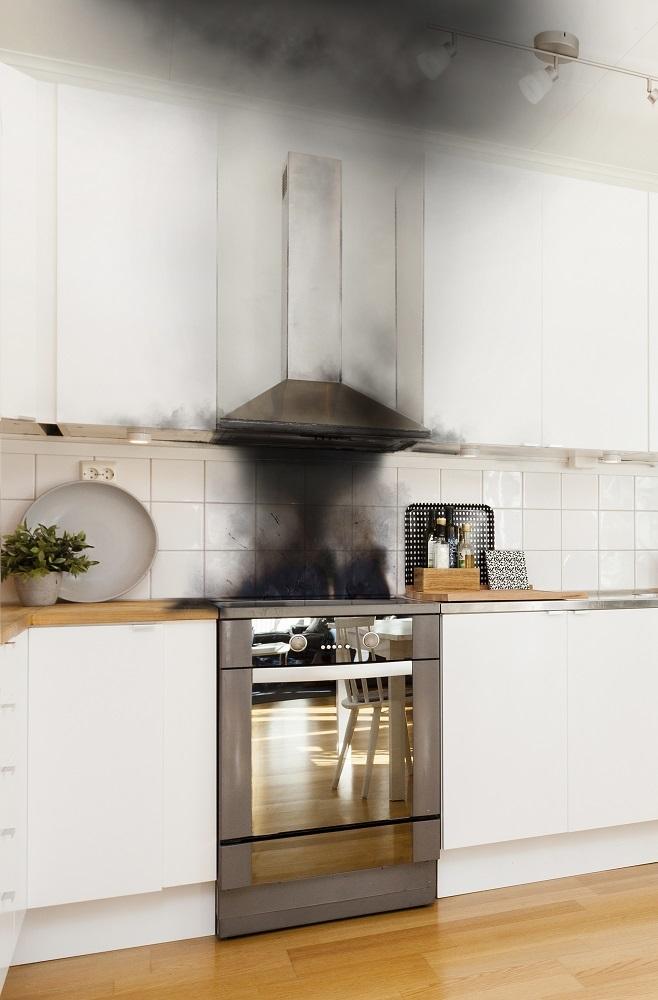Table of Contents
Water damaged wood floor issues can be a nightmare for any homeowner. Whether caused by a burst pipe, flooding, or an appliance leak, the impact on your wooden floors can be significant and costly if not addressed quickly.
Water damage not only warps and discolors your flooring but also creates the perfect environment for mold growth, posing health risks and structural concerns.
In this comprehensive guide, we’ll walk you through how to identify water damage, the steps to fix it, and preventive measures to protect your floors in the future. Acting swiftly can make all the difference in restoring your wood floors and preventing long-term damage.
This guide will take you through a step-by-step process to repair and restore your wood floor to its former glory, preventing further damage and ensuring safety in your home.
How to Identify Water Damaged Wood Floors
Before starting repairs, you need to determine the extent of the damage. Signs of water damage in wood floors include:
- Cupping or Crowning: The edges of the wood planks are higher or lower than the center.
- Buckling: Wood planks detach from the subfloor and form peaks.
- Stains and Discoloration: Dark or discolored spots can indicate water seepage.
- Musty Odor: Persistent odors may suggest moisture trapped in the floor.
- Warping and Cracking: Visible deformities or splits in the wood.

What Causes Water Damaged Wood Floor?
Understanding the causes can help you better manage and prevent future damage:
- Appliance Leaks: Dishwashers, refrigerators, or washing machines may leak, causing water to seep under the floor.
- Plumbing Issues: Burst pipes or leaking water lines can be devastating.
- Severe Weather: Heavy rains or flooding can result in substantial water intrusion.
- High Humidity: Excess moisture in the air, especially in humid climates, can also affect wood floors.

Step-by-Step Guide to Fix Water Damaged Wood Floors
Step 1: Assess the Damage
- Use a moisture meter to measure the extent of water saturation.
- Determine if the damage is minor (surface level) or extensive (structural damage).
Step 2: Dry Out the Affected Area
- Use fans, dehumidifiers, and open windows to circulate air and speed up the drying process.
- For more severe cases, consider renting industrial-grade drying equipment.
- Avoid using heat, as it can cause further warping.
Step 3: Remove Damaged Flooring
- If individual planks are warped or stained beyond repair, remove them with a crowbar.
- Be careful not to damage the surrounding boards or subfloor.
Step 4: Clean and Disinfect the Area
- Use a mild detergent or wood-safe cleaner to remove any contaminants.
- If mold is present, use a specialized mold remover and ensure proper ventilation.
Step 5: Repair or Replace Damaged Boards
- For small cracks or warping, you can sand down the boards and refinish them.
- For significant damage, replace the planks with matching wood.
- Ensure the subfloor is completely dry and free from mold before installing new boards.
Step 6: Refinish the Entire Floor
- Sand the floor to ensure evenness and remove any residual stains.
- Apply a new coat of finish to protect against future water damage.
- Let the floor cure for at least 24-48 hours before placing furniture or heavy objects.
When to Call a Professional
If the damage is extensive, affecting the subfloor or compromising structural integrity, it’s best to call in experts. Water damage restoration professionals have the right tools and expertise to assess and remediate the problem effectively.
Preventive Measures to Avoid Future Water Damage
Prevention is key to protecting your wood floors from water damage. Here’s what you can do:
- Use Area Rugs and Mats: Place them near sinks, bathtubs, and entryways to absorb moisture.
- Install a Moisture Barrier: A vapor barrier under the wood flooring can help block moisture from the subfloor.
- Maintain Plumbing: Regularly inspect your plumbing for leaks or signs of damage.
- Control Humidity Levels: Use a dehumidifier in humid areas of your home to keep moisture levels in check.
- Seal Wood Floors: Apply a protective sealant to make your floors more water-resistant.
- Monitor Appliances: Check for leaks around dishwashers, washing machines, and refrigerators.
FAQs
Q: Can you fix water damaged wood floors without replacing them?
A: If the damage is minor, sanding and refinishing can restore the wood. However, extensive damage may require plank replacement.
Q: How long does it take to dry out water damaged wood floors?
A: Drying times vary depending on the extent of the damage. It may take anywhere from 24 hours to several weeks.
Q: Is mold growth inevitable after water damage?
A: Mold can develop within 24-48 hours if moisture isn’t addressed promptly. Proper drying and cleaning are crucial to prevent mold growth.
Q: How do I know if the subfloor is damaged?
A: Check for spongy or soft areas when walking on the floor. A professional moisture assessment can also determine subfloor damage.
Q: Can I use a hairdryer to dry my wood floor?
A: No, using direct heat can worsen the damage. It’s better to use fans and dehumidifiers for even drying.
Conclusion
Repairing water damaged wood floors requires swift action and the right approach to prevent further problems like mold growth. By following these steps, you can restore your floors and protect your home. If you’re unsure or the damage is extensive, don’t hesitate to contact a professional restoration service for expert assistance.
Need help restoring your wood floors? Contact PuroClean of Lansdale for professional water damage restoration services.




 PuroClean of Lansdale
PuroClean of Lansdale